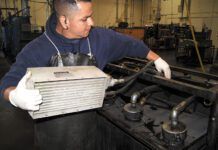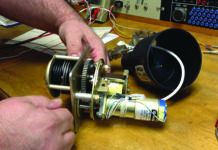Yes, it’s a snoozer of a topic. But that’s great news. As aircraft alternators have quietly become more long-lived, they get less and less attention from owners who, rightfully, focus on the components that give them fits by breaking with frustrating regularity or require repetitive inspection or replacement. That’s good, especially as some owners now have a second alternator in their airplanes to provide a backup power source as part of going to an all-electric panel and getting rid of a component that is definitely less reliable than an alternator-the vacuum pump.
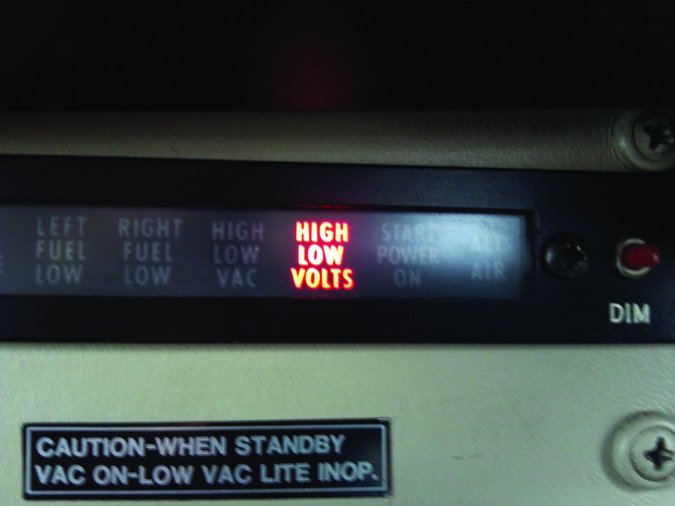
Nevertheless, if you own an airplane long enough, you’re going to have that disconcerting feeling of seeing a steady discharge indication on the ammeter that you can’t fix by cycling the alternator side of the master switch and wonder what needs to be done to rectify the situation.
The answer to the question is twofold: First, carefully troubleshoot the problem-because about half of the time the problem is not with the alternator itself-and second, if the alternator has failed, do a little homework before you rush out and have a new alternator shipped to you overnight. You may be able to save a lot of money by buying an overhauled alternator or sending yours out for inspection and repair.
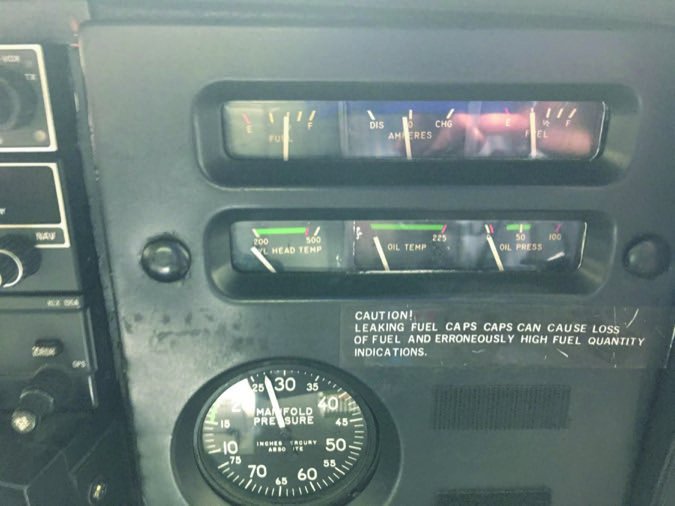
We’ll talk about purchase options if it’s necessary to replace your alternator. We’ll say up front that we got more positive comments from users about alternator longevity than we did when we reviewed this topic six years ago. We’ll also point out that we again got consistently positive comments about Plane Power alternators-with one FBO reporting that they were lasting 3000 to 4000 hours in their fleet.
Charging 101
The electrical system in an airplane relies on a battery to start the engine. Once it’s running, it turns an alternator (or generator) to provide the power for the electrical system and keep the battery charged.
Alternators largely replaced generators in piston aircraft electrical systems by the late 1960s because alternators produce their rated amperage output at low engine RPM, unlike generators. More than a few pilots with generator-powered electrical systems have run their batteries flat taxiing in after landing at night because of the draw of the lights and avionics and the generator not putting out power at taxi RPMs.
The downside of an alternator is that it requires power to produce power-there must be electrical power in the system for the alternator to operate. If you prop start an airplane with a flat battery, a generator will produce power and charge the battery; an alternator won’t. Generator or alternator aside, we are not crazy about prop starting an airplane with a flat battery as there could be safety of flight issues that caused the battery to expire in the first place.
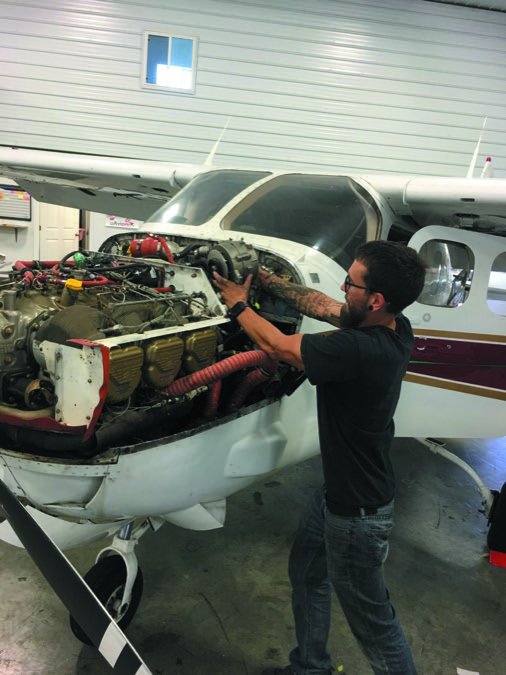
An alternator takes the electrical power coming in through the field terminal-one to four amps-and increases it via wires rotating in a magnetic field to the rated amperage at the output terminal. A voltage regulator senses the voltage in the electrical system and varies the excitement to the magnetic field in the alternator to adjust the output of the alternator. Silicon diodes in a rectifier bridge convert the AC power output from the alternator to the DC power required by the electrical system.
The alternator output voltage is always higher than the battery rating so that the battery stays charged. The battery acts as a large capacitor, helping damp voltage surges. Virtually every component in the aircraft’s electrical system, especially avionics, is sensitive to voltage spikes, so an overvoltage relay is in the circuit to take the alternator offline if the voltage goes above a set level.
Care and Feeding
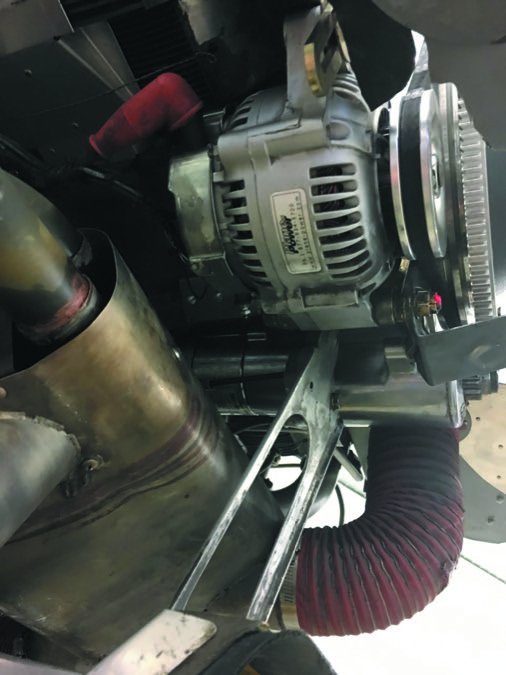
As a general rule, an inspection of the alternator should be part of each annual and 100-hour inspection. For gear-driven or direct drive (alternators directly connected to a gear drive on the engine), the manufacturer has specific inspection requirements as an alternator failure can lead to catastrophic engine failure.
Gear-driven alternators are equipped with some form of flexible coupling that is designed to slip or fail and protect the engine should the alternator lock up. Careful installation per the manufacturer’s instructions is critical.
As we were preparing this article we received word of a gear-driven alternator failure on a Cirrus that put enough metal into the engine to trash it. We cannot overemphasize following the manufacturer’s installation and inspection requirements carefully.
For belt-driven alternators, inspection should include belt tension (we once ran a battery flat on a Piper Lance with a loose belt-preflight the belt tension).
The pulleys over which the belt runs need to be checked for alignment as misalignment can lead to accelerated belt wear and failure or to the belt coming off of the pulleys. The belt should be soft, flexible and free of nicks, cuts and significant wear.
Cracked alternator mounting brackets were reported to us by a few maintenance techs as occurring frequently enough to warrant a careful check each time the belts are examined.
The visual inspection of the alternator includes all electrical connections and wiring to make sure everything is secure and free of abrasion.
In Flight
Should there be a problem with the charging system during flight, the ammeter will show a discharge and, if equipped, the high/low voltage annunciator light will illuminate. On many legacy aircraft, there is no indication that the charging system has taken the day off other than a discharge indication on the ammeter. While that was standard practice in the industry for years, it means that a pilot has to keep the ammeter in her or his instrument scan, otherwise the first indication of a problem is when things get dark and quiet as the battery goes dead.
We also note that some aircraft are equipped with a load meter, which shows the load on the electrical system but not if it is charging. If your aircraft has only a load meter, we recommend making sure you find out how it indicates a failure of the aircraft’s charging system.
If you do get an indication of a charging system issue during flight, the good news is that you may be able to sient voltage spike will cause a voltage regulator or alternator control unit to take the alternator offline.
When you see a discharge indication, the first step is to turn off the alternator side of the master switch. If you do not have a split master switch, we recommend turning off the radios (to protect them from a potential voltage spike), and then turn off the master switch.
Wait a few moments and turn the alternator/master switch back on. There’s a reasonable chance that the alternator will come back online and stay there for the remainder of your flight. Nevertheless, we think that you should discuss the incident with your maintenance tech after the flight as it may be a symptom of something that will become a problem downstream.
If the alternator does not come back online you’re faced with running the battery flat within the next 30-60 minutes. The first step is to reduce the electrical load-shut off anything not essential to your flight. If you are VFR, you can probably continue to your destination or an airport with maintenance services. You may need to shut off the master to preserve the battery for later in the flight when you might need it.
If IFR, in IMC, it’s time to get to VFR conditions as quickly as possible, either by diverting to a nearby airport, shooting the approach and getting on the ground or getting to VFR weather where you can safely deal with a flat battery before landing.
What’s the Problem?
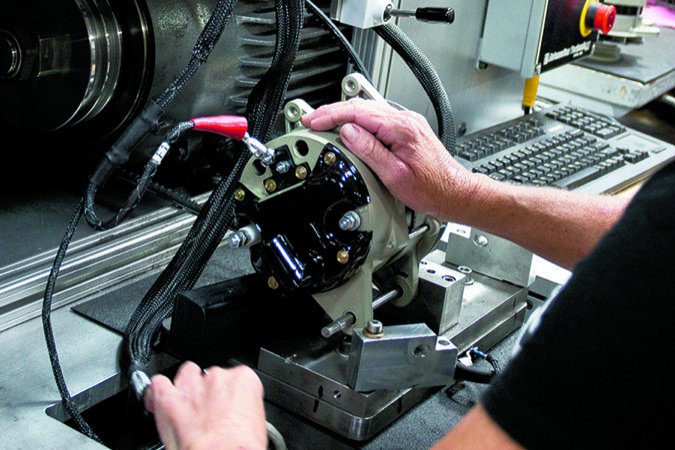
In researching this article, we sat down with two experienced maintenance technicians, Dave Parker and Phil Heisey of Northern Air on the Boundary County, Idaho Airport. They told us that, in their experience, about half of the charging issues they dealt with on aircraft electrical systems involved alternator failure. However, Heisey said that the most recent charging glitch he’d chased turned out to be a worn connector, something not uncommon as our airplanes age.
In general, Heisey and Parker said that in their experience, if a charging problem was not traceable to the alternator, it would most likely prove to be an issue with the voltage regulator or wiring.
If troubleshooting points to failure of the alternator (or generator), there are three options available.
Generator?
We’ll take a moment and talk about what to do with a failed generator. The unanimous recommendation from maintenance techs and users was to upgrade to an alternator via an STC’d kit. We saw prices for the kits starting at $495, including a new, 12-volt alternator, from Quality Aircraft Accessories (www.qaa.com). Prices go up as the alternator output increases.
We saw prices for overhauled generators starting at $360 (after returning the old generator for a core credit).
We were surprised at the relatively low prices of the alternator replacement kits. When we looked at this subject six years ago, the kit prices were about twice that of an overhauled generator. With the delta now more along the lines of 50%, we have to agree with the recommendation to make the upgrade. Not having to worry about running the battery flat taxiing in after a flight is worth the money, in our opinion. Side benefits may include some weight savings and increased reliability.
Repair?
When your alternator does give out, we think that the next step is most likely going to be driven by both how fast you need to be up and running again and economics.
If you have two weeks, we strongly recommend that you look at sending it to a good specialist shop with instruction to bench test or tear down the unit and advise. Within three or four days you’ll find out what’s wrong with the alternator, what it’s going to cost to fix it and whether the shop recommends repair or overhaul.
It is not unusual for a $100 part and a couple of hours of labor to put it back into shape for several hundred hours of operation. In addition, the shops we surveyed offered a one-year warranty on their work.
If the problem is worse, you can have the alternator overhauled and back to you in a week or use it for core credit for an overhauled unit the shop has on hand and can ship that day.
In our conversations with maintenance techs, virtually none talked about sending alternators out for inspection and report. We heard about an owner mindset that is now geared toward remove and replace. In our opinion, that could be wasting money in the alternator world. If time is not of the essence, we recommend exploring inspect and repair rather than being spring-loaded to replacing your alternator-especially if it has been trouble-free until now.
Some of the shops that received positive comments from the people we spoke with were T&W Electrical Service (www.tandwelectrical.net), Quality Aircraft Accessories (www.qaa.com), Aerotech of Louisville (www.aerotechlou.com) and Aircraft Systems Inc. (www.acs-rfd.com).
Replace
We were told that when alternator replacement is needed, most owners go with the type of alternator in the airplane. We have no quarrel with that approach, although doing a little shopping might result in finding another model at a lower price.
There are numerous suppliers that can provide new or overhauled alternators overnight; your shop will probably have a favorite.
We asked maintenance techs about the reliability of new versus overhauled alternators and got the disconcerting answer: “It’s a crapshoot.” We heard horror stories about early failures of both new and overhauled units-although they were replaced under warranty-along with praise for long-lived overhauled and new units.
As we shopped alternators we observed that overhauled units were from 50% to 75% of the price of new (where new was available). Plan on at least $500 for the least expensive, and smallest output, overhauled alternator. Prices approach $2000 for new, high-output alternators.
As to favored alternator manufacturers, we were told that after Kelly alternators were taken over by Hartzell Aerospace, their quality improved. We also heard nothing but praise for Plane Power alternators from users and techs. For the first time since we’ve looked at the subject of alternators, we received no bad reviews for any type.
As we go to press we note that respected alternator manufacturer National AirParts closed its doors last April. The phone is not being answered, so we were not able to determine if National approved any shop(s) to repair or overhaul its line of alternators. If you have a National alternator, it may be an orphan. We’ll keep you advised if we hear news that any shops are approved to repair and/or overhaul those units.
TROUBLESHOOT FIRST
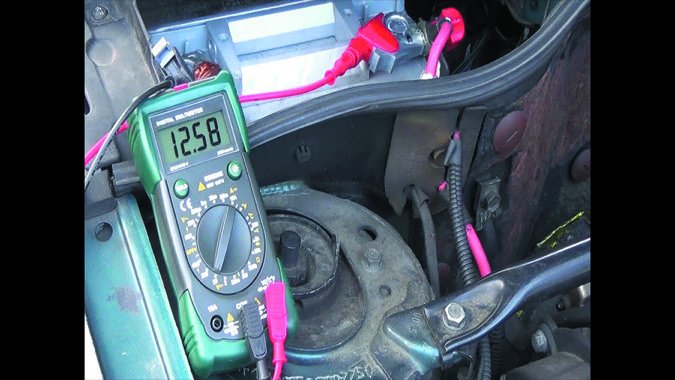
We can’t emphasize the matter too stridently: Take the time to troubleshoot charging system problems-assuming that the alternator is to blame can turn what should be an inexpensive fix into a costly exercise in frustration. During our research for this article we were told by several maintenance technicians that alternators have historically been reliable and that they are steadily improving.
The rule of thumb used to be that an owner could expect to replace the alternator twice between engine overhauls. If it got to be more than twice, there was probably a problem with the charging system or cooling the alternator. Now we are hearing that alternators on airplanes that are flown regularly are lasting over 3000 hours.
With alternator longevity apparently up, we heartily echo the sentiments we heard from Mike Busch, principal of Savvy Aircraft Maintenance Management, some years ago: Don’t default to an assumption that the alternator is the cause of a charging system failure.
That means pulling the charging system schematic for the airplane as well as accessing a good set of troubleshooting guidelines for the charging system. With absolutely no humility at all, we recommend the ones set out in the January 2016 issue of Aviation Consumer.
For troubleshooting alternators, we were particularly impressed by the flow chart-style troubleshooting guide on Plane Power’s website (www.planepower.aero)-which can be used for any externally regulated alternator.
Conclusion
When the charging system discharges, troubleshoot it carefully because it’s a 50% chance it’s not the alternator. If it is the alternator and you can afford the time, we think that you can save money by sending it out for inspection and, potentially, repair. If replacement is required, we lean toward Plane Power units.



